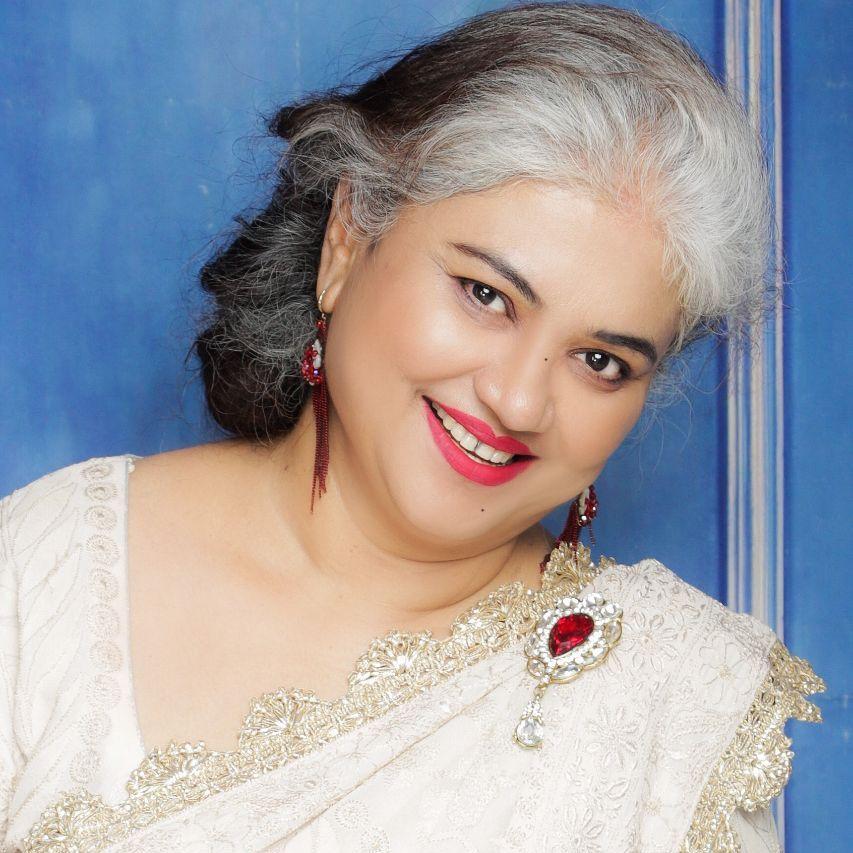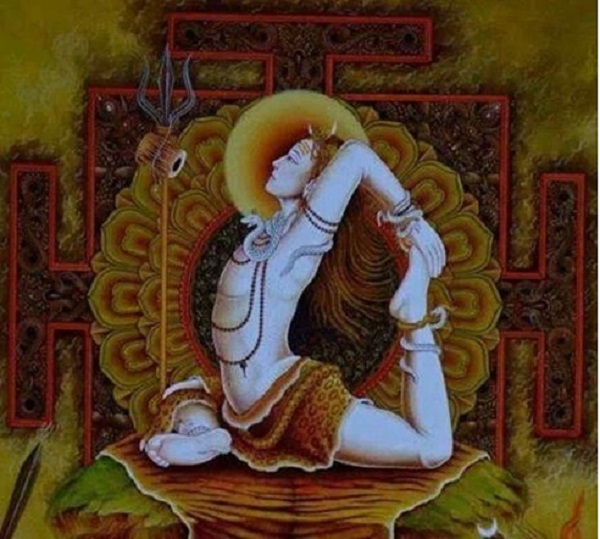Circle of LIFE
From योग–योग्य–योग्यता to ‘YOGA’ to योगदान
व्यायामात् लभते स्वास्थ्यं दीर्घायुष्यं बलं सुखं।
आरोग्यं परमं भाग्यं स्वास्थ्यं सर्वार्थसाधनम्॥
These wise words are so very apt, relevant and aligned to the Circle of Life in this Corona pandemic hit world!
Circle of LIFE, as we know, is an eastern concept that believes that “Nature’s way of taking and giving back life to earth. Now, the whole world agrees that the NATURE is not only sacred and divine but also omnipotent.
There is hardly anyone who will disagree that – There is no medicine or therapy as powerful as ‘YOGA’ that brings in lasting harmony between an individual’s mind and body resulting in good health, strong immunity along with inner peace and happiness to our lives.
The Corona Pandemic has taught us that our health and well-being is our SUPREME goal. And Yoga enables us to achieve this goal. In addition to millions of physical and mental health benefits, Yoga helps both in the emotional healing.
June 21st, 2021, as we celebrate the auspicious seventh International Yoga Day, let’s take pride on the illustrious history of Yoga, that originated from our own motherland.
Yoga is primarily a spiritual discipline that concentrates on subtle science that focuses on achieving harmony between an individual’s mind and body. The word ‘Yoga’ was first mentioned in Rig Veda, which is a collection of texts that consisted of rituals, mantras, and songs. It is derived from the Sanskrit root “Yuj” which, in Hindi, means योग or ‘join’ or ‘unite’.
In the yogic lore, Shiva is seen as the first yogi or Adiyogi, and the first Guru or Adi Guru.
According to the Yogic scriptures, the practice of Yoga leads an individual to the union of consciousness with that of universal Consciousness, thereby making him/her योग्य or capable. It eventually leads to a great harmony between the human mind and body, man & nature, accentuating his/her योग्यता or capability to live in harmony.
The practice of Yoga was started during the Indus-Sarasvati civilization in Northern India over 5,000 years ago. Yoga got slowly developed by the people of Indus-Sarasvati civilization who eventually documented their practices and beliefs in the Upanishads that has over 200 scriptures.
During the Vedic times, Vedic priests were generally self-disciplined and avoided any forms of indulgence. They performed sacrifices which were known as yajna and used poses that most researchers believe are the precursor of the kind of Yoga poses we use today in the modern world.
In the 3rd Century BCE, the word “yoga” became common in other religions like Jain, Hindu, and Buddhist writings. In Mahayana Buddhism, the practice of yoga for both spiritual and meditative use was known as ‘Yogachara’.
The first versions of yoga were meant for spiritual practices and revolved around several core values. In the 5th century, yoga was meant for ONLY meditation and religious use and NOT as a form of workout.
Yoga later became widely valued because of the Indian nationalist movement as a way of building up pride and cultural identity. The practice of Yoga was widely promoted by powerful families, institutions, and activities until India attained its independence in 1947.
For ages, several great sages like Ramana Maharshi, Ramakrishna Paramhansa, etc have contributed to the development of Raja Yoga. As the great Indian Sage and Yoga Master, Sri Aurobindo rightly says that “Yoga is a methodical effort towards self-perfection through developing your talent potential on the physical, mental and spiritual levels.” Let’s now have a glance at the history of Yoga.
The concept of celebrating our rich heritage of Yoga as an International Yoga Day , however, is relatively NEW. We started celebrating the International Yoga Day annually on June 21 since 2015, following its inception in the United Nations General Assembly in 2014. It was proposed by Prime Minister Narendra Modi in his speech at the United Nations General Assembly (UNGA) on September 27, 2014.
For 2021, the theme of International Yoga Day is, ‘Yoga for Well-being’. According to the United Nations, yoga can also help in stabilizing the COVID-19 positive patients’ agony, anxiety and angst level as it plays a significant role in the psycho-social care and rehabilitation of COVID patients in quarantine and isolation.
Yoga comprises different postures known as Asanas. The process of Yoga begins with the body, then the breath, the mind, and the inner self and harmonizes oneself with the universe.
Yoga does not adhere to any particular religion, belief system or community; it has always been approached as a technology for inner wellbeing. Anyone who practices yoga with involvement can reap its benefits, irrespective of one’s faith, ethnicity or culture.
In our present lifestyle, driven by digital technology, practicing Yoga will ensure holistic wellbeing and composed emotional state. On this International Yoga Day, let’s take a pledge to incorporate the magic of Yoga into our lives and give योगदान (contribution) in bringing in harmony.
Books33 Wishes International Yoga Day to All!!!

About the Author
Prof. (Dr) Shalini Verma ‘LIFOHOLIC’ is a communication professor-consultant, a body language expert, an author-columnist, actor-model-screenwriter and Co-founder – Books33 & SamvaadShaalaa. Dr. Verma hails from Motihari, East Champaran, the LAND OF SATYAGRAHA (Satyagrah is a Sanskrit word which means“insistence on truth”), in Bihar. She may be reached at: shalini.verma@books33.com
Want to read more articles like this? Check out our Author Speaks page, here you will find more such content.




 Each title in our collection is more than just a book - it’s a ‘green gift’, promoting mindful reading, sustainable values, and a culture of eco-conscious living. By gifting books, you open doors to new ideas, support lifelong learning, and nurture a more informed, compassionate, and environmentally aware individual.
Each title in our collection is more than just a book - it’s a ‘green gift’, promoting mindful reading, sustainable values, and a culture of eco-conscious living. By gifting books, you open doors to new ideas, support lifelong learning, and nurture a more informed, compassionate, and environmentally aware individual.